Picking the perfect watermelon is made super easy when you follow these chef tips! Summer just isn’t summer without fresh, juicy, sweet watermelon!
Now when it comes to picking out a watermelon the I’ve seen folks shake it, sniff it, whack it, poke it, prod it, hold it up to the light and everything in between when it comes to picking that perfect watermelon. Heck I’ve seen people literally set it on the grocery store floor and roll it. When I asked the guy why he did that he said “if it wobbles and doesn’t flip sides it means it’s fresh”. Um… <blink blink.. huh?>. Yeah, I won’t be telling you to do that nor would I honestly advise that but hey if a wobbly watermelon works for you, who am I to judge…much. <love you>
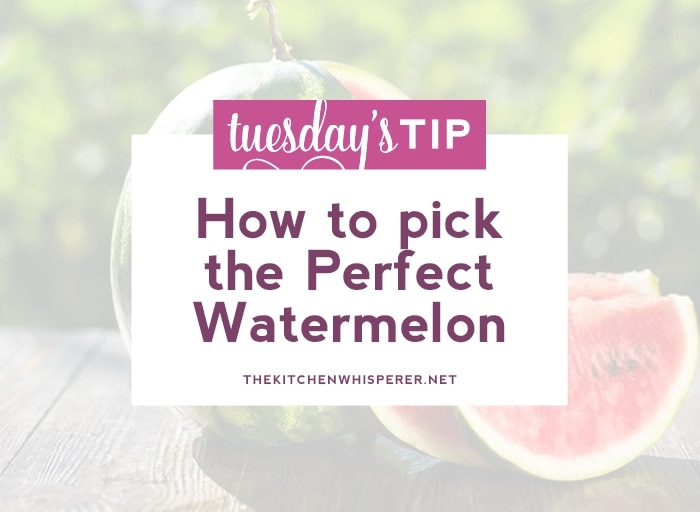
Ripe, juicy watermelons is what summer is all about. This has always been for me the true beginning of summer. Now granted most grocery stores carry them in the store year round buuuuuuuuuuut living in Pittsburgh I know that farm-fresh watermelons are in season from late May to August.
So let’s talk about how to pick the perfect watermelon. It’s honestly pretty straight forward and for me, works every time.
Field Spot
When watermelons grow on the ground they pretty much stay put other than getting larger and fatter. They don’t roll around and you really don’t move them. So as a watermelon grows, the part touching the ground is known as the field spot. It tends to be a various shade of yellow. The more golden, creamy yellow the spot is AND the larger that spot is, the more the fruit has stayed long enough on the vine to become ripe. If the spot is small or white/pale green it’s under-ripe which means your melon will be bitter and pretty gross to be honest.
Brown spots/webbing
This is something I learned when I was wee little as we used to farm watermelons. I used to think the brown webbing/scars were bad but I was wrong. Those are actually caused during pollination and growth on the flowers of the watermelon plant. When the bees pollinate the flowers the brown webbing/scarring occurs. THIS IS A GOOD THING! The more webbing, the sweeter the melon.
How heavy it is
You want a watermelon that is heavy in weight for its size. The heavier it is, the more juice it has inside. If you pick up a ginormous one and it’s light as a feather, put it back. It means it’s too old and starting to lose moisture.
Knock it
Yep, you read that right, knock on it. It should have a deep, hollow sound when you knock on the underside. If you knock on it and it’s just a thud sound don’t get it. When a watermelon has been harvested too soon OR it’s over ripe (remember the whole light melon?) the melon will have a dull sound.
Once you grab it, take it home, rinse it off and enjoy! What’s your favorite watermelon dish? For me just give me fresh watermelon and salt. Yes… salt. For me, it brings out the natural sweetness of the fruit. Oh quit making that face. You put salt in desserts, don’t you?
Here are some of my favorite recipes featuring watermelon or that pair beautifully with it!
♥ Grilled Watermelon Caprese Skewers
♥ Stuffed Banana Peppers
♥ Instant Pot BBQ Jelly Chicken
♥ Luscious Watermelon & Pineapple Salsa
♥ Chicken Barbacoa Soft Tacos
♥ Honey & Garlic Broiled Flank Steak
♥ Sweet Potato Chipotle Lettuce Cups
♥ Instant Pot Pulled Pork
♥ Southwest Turkey Burgers with Roasted Tomatillo Salsa Verde
How to pick a perfect watermelon
Picking the perfect watermelon is made super easy when you follow these chef tips! Summer just isn’t summer without fresh, juicy, sweet watermelon!
Ingredients
Fresh Watermelon
Instructions
Field Spot
- Look for the creamy, yellow large field spot on the underside of the melon. The more golden, creamy yellow the spot is AND the larger that spot is, the more the fruit has stayed long enough on the vine to become ripe. If the spot is small or white/pale green it’s under-ripe which means your melon will be bitter and pretty gross to be honest.
Brown spots/webbing
- Look for brown webbing – this indicates sweetness. This is actually caused during pollination and growth on the flowers of the watermelon plant. When the bees pollinate the flowers the brown webbing/scarring occurs. THIS IS A GOOD THING! The more webbing, the sweeter the melon.
How heavy it is
- You want a heavy one! This is when being heavy is a good thing! The heavier it is, the more juice it has inside. If you pick up a ginormous one and it’s light as a feather, put it back. It means it’s too old and starting to lose moisture.
Knock it
- Tap the melon. Yep, you read that right, knock on it. It should have a deep, hollow sound when you knock on the underside. If you knock on it and it’s just a thud sound don’t get it.
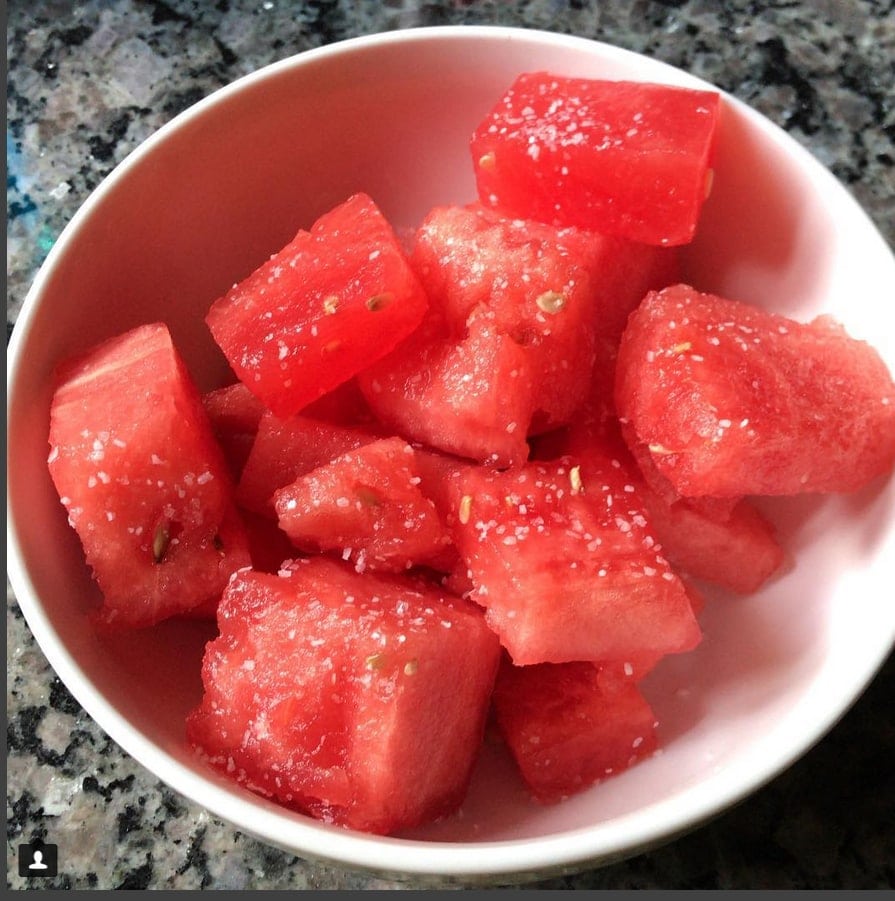







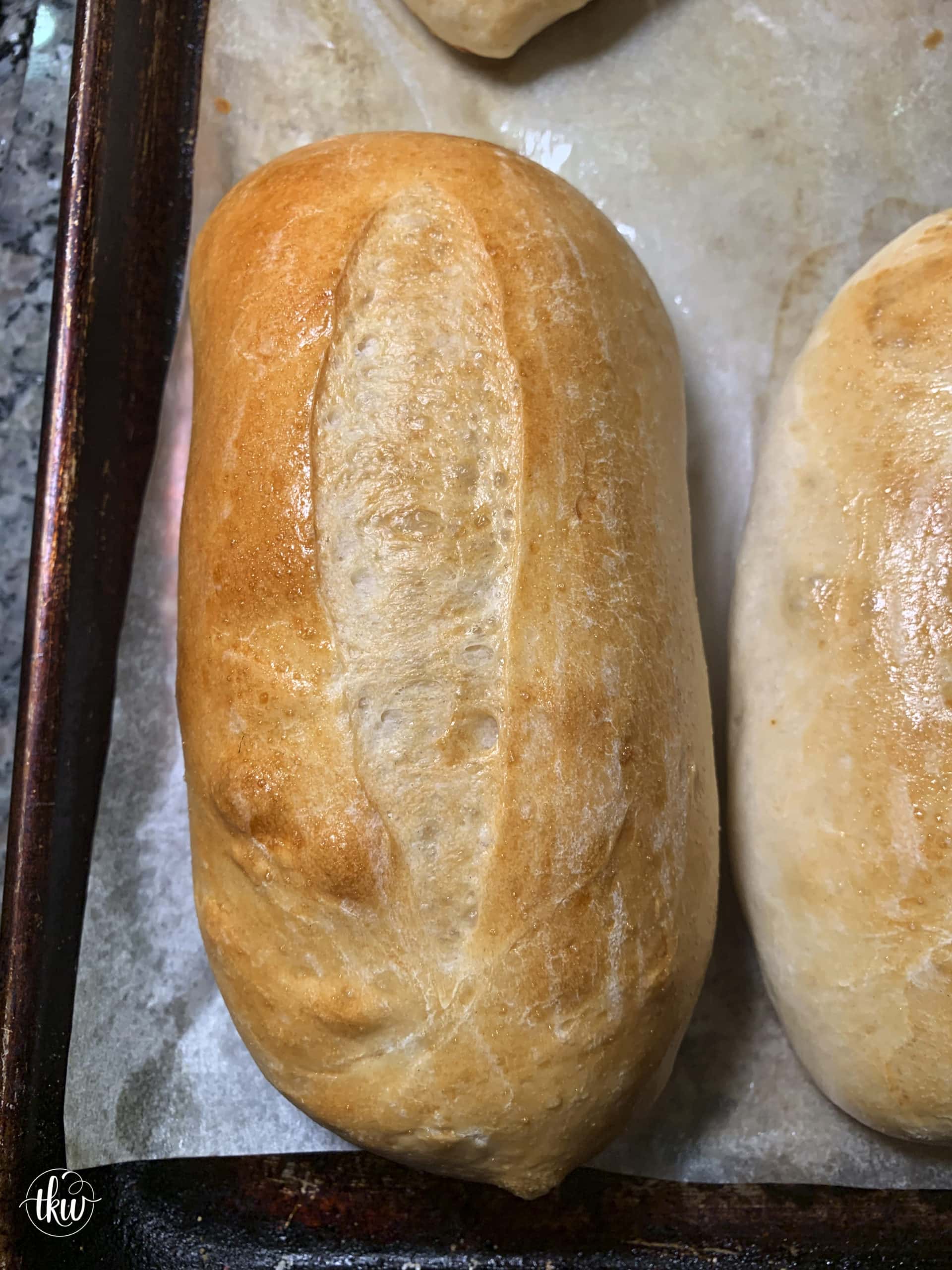
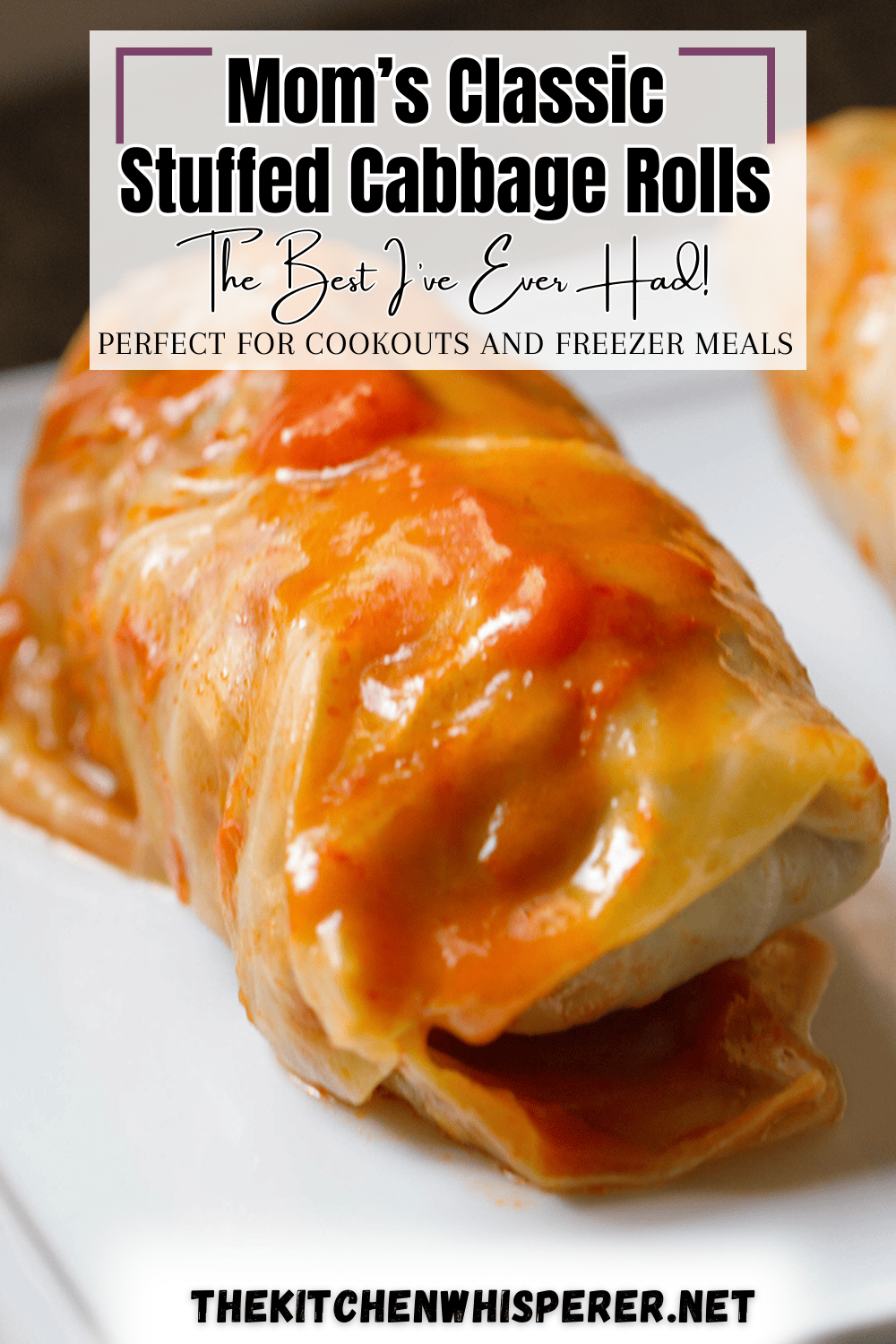
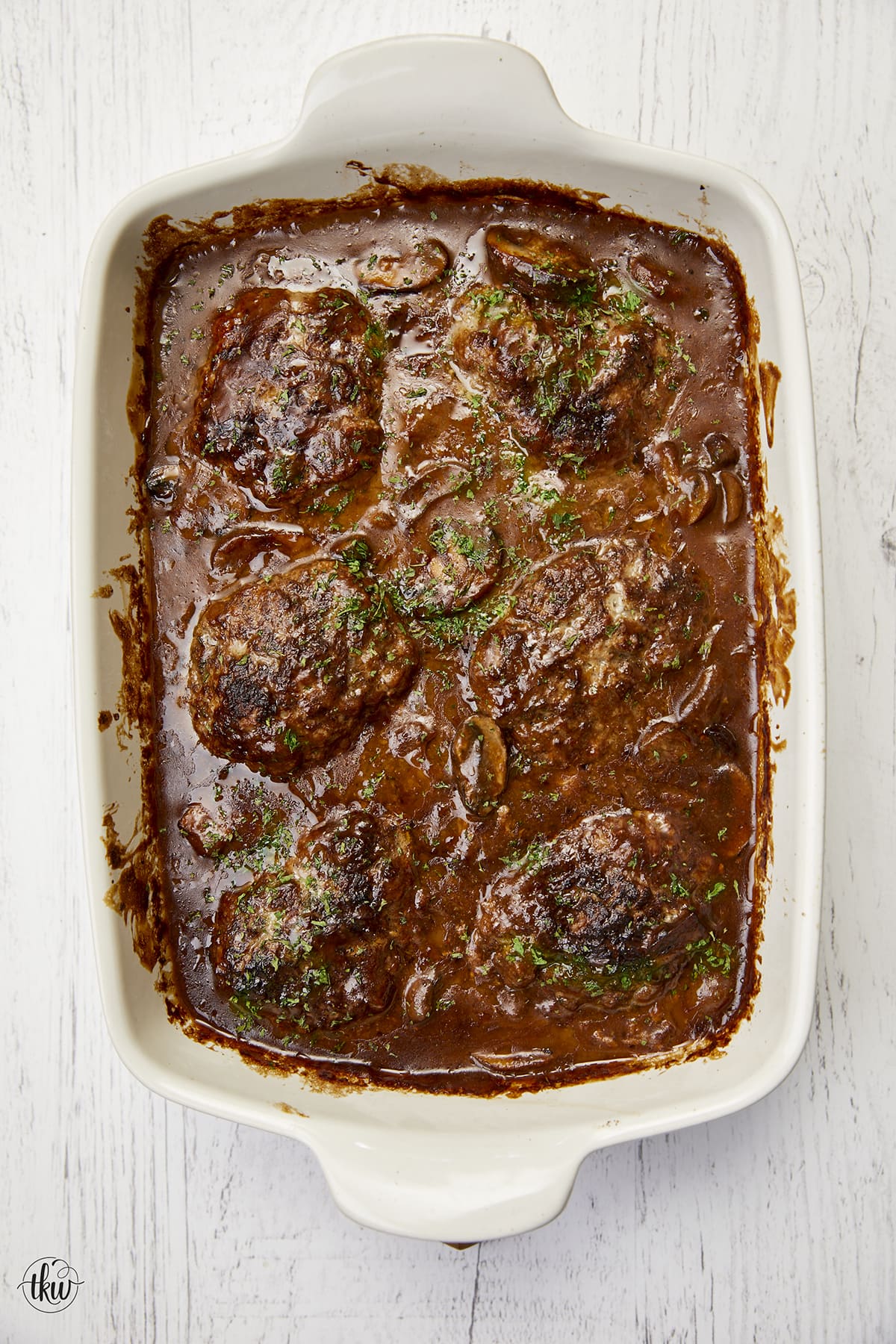

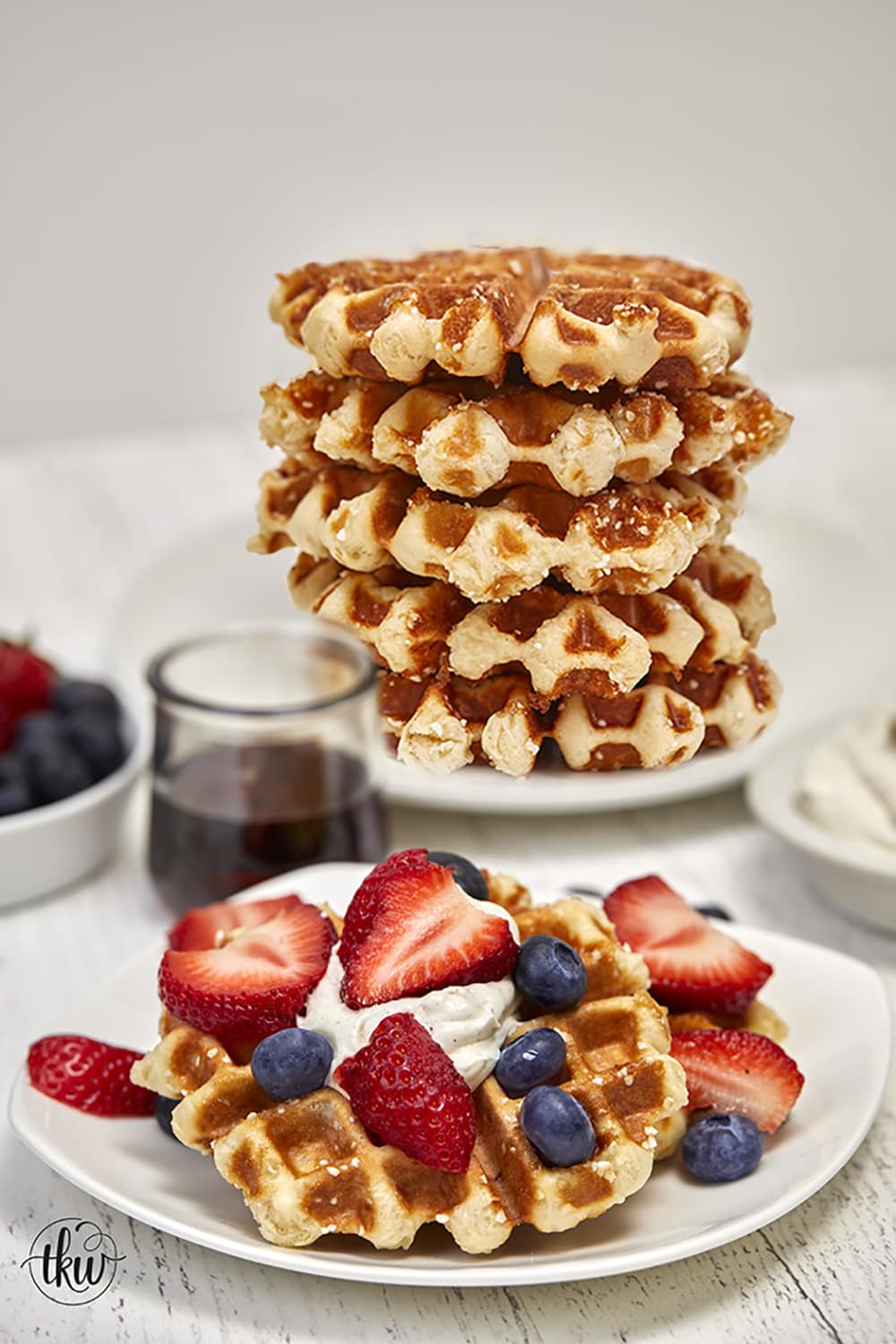

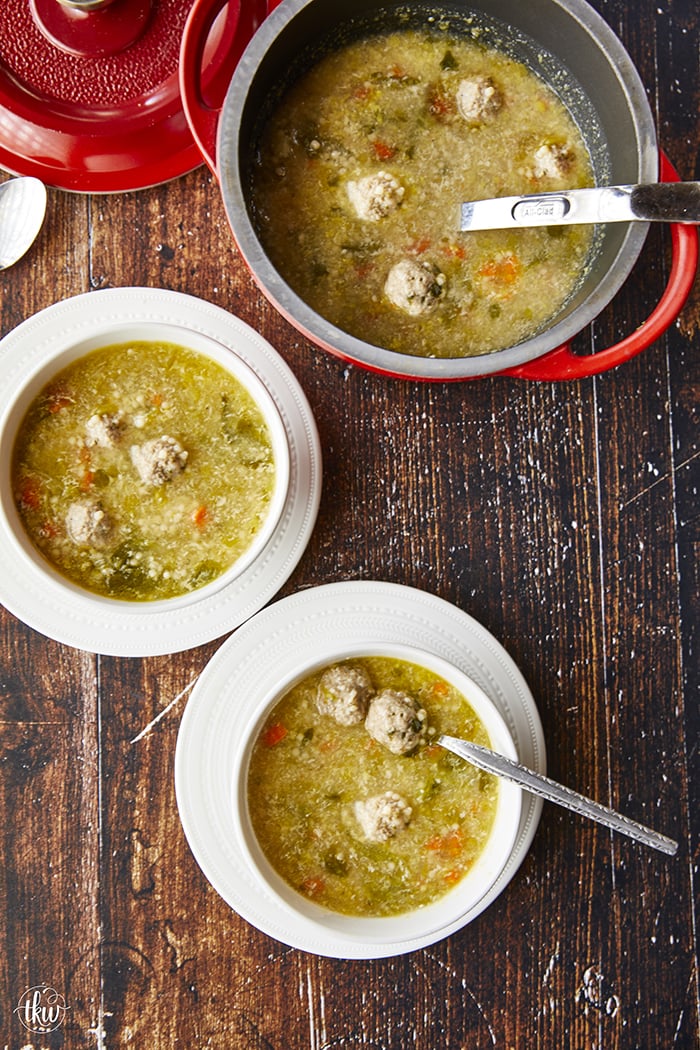
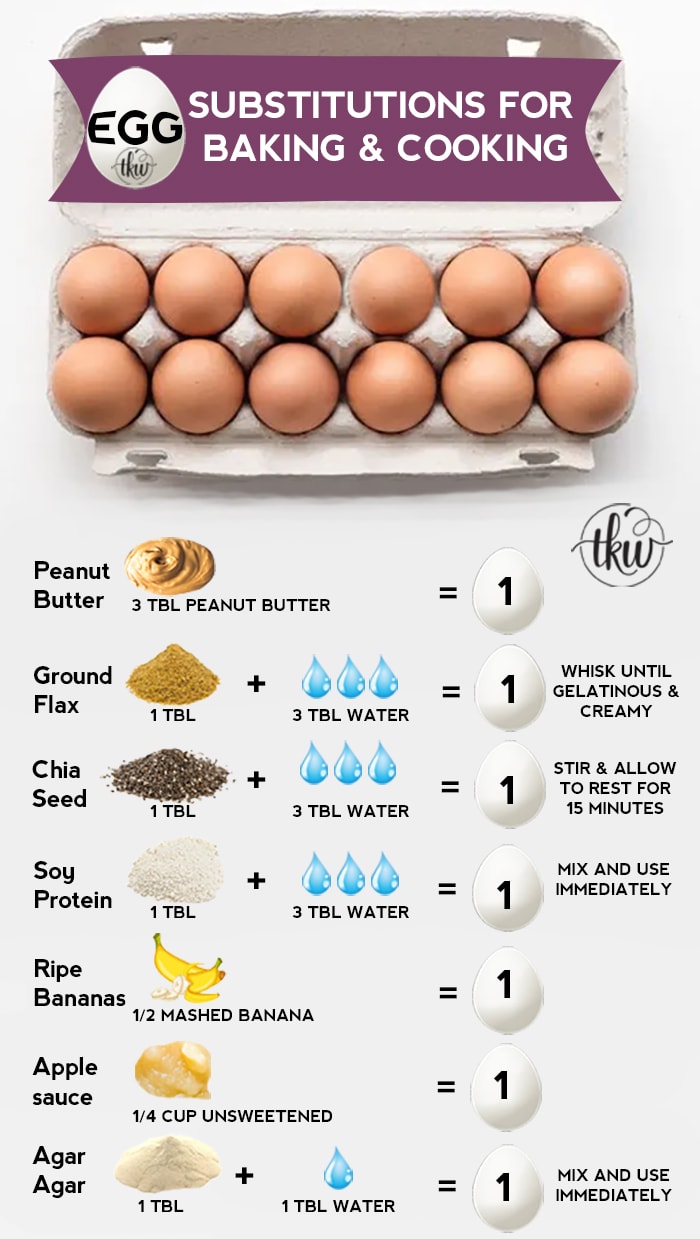
Leave a Reply